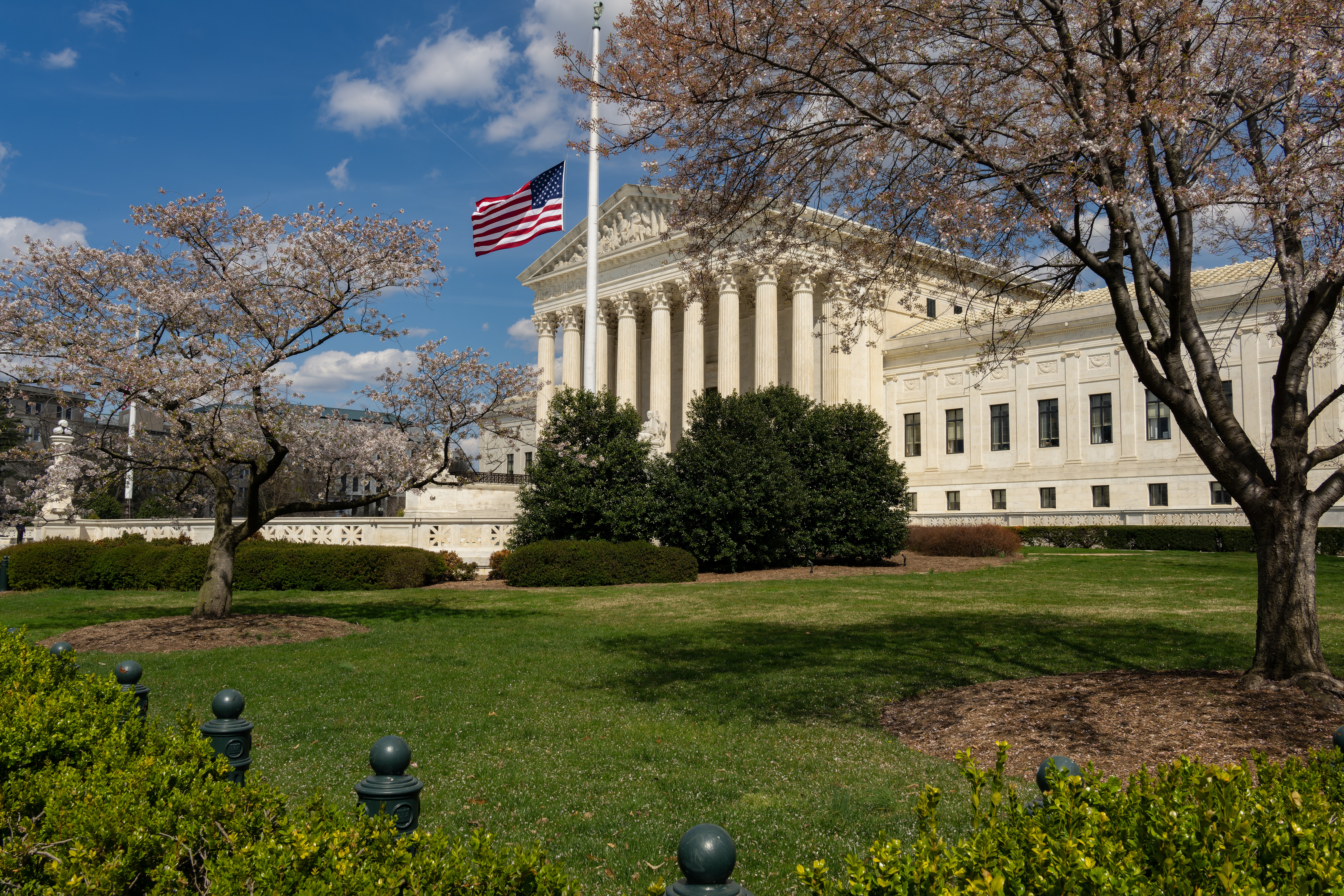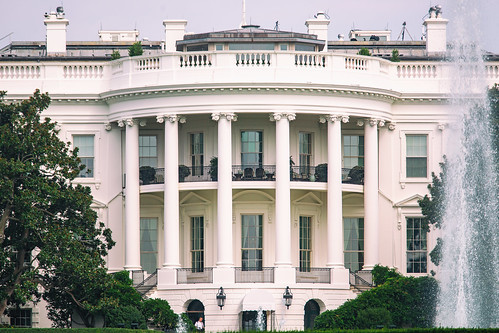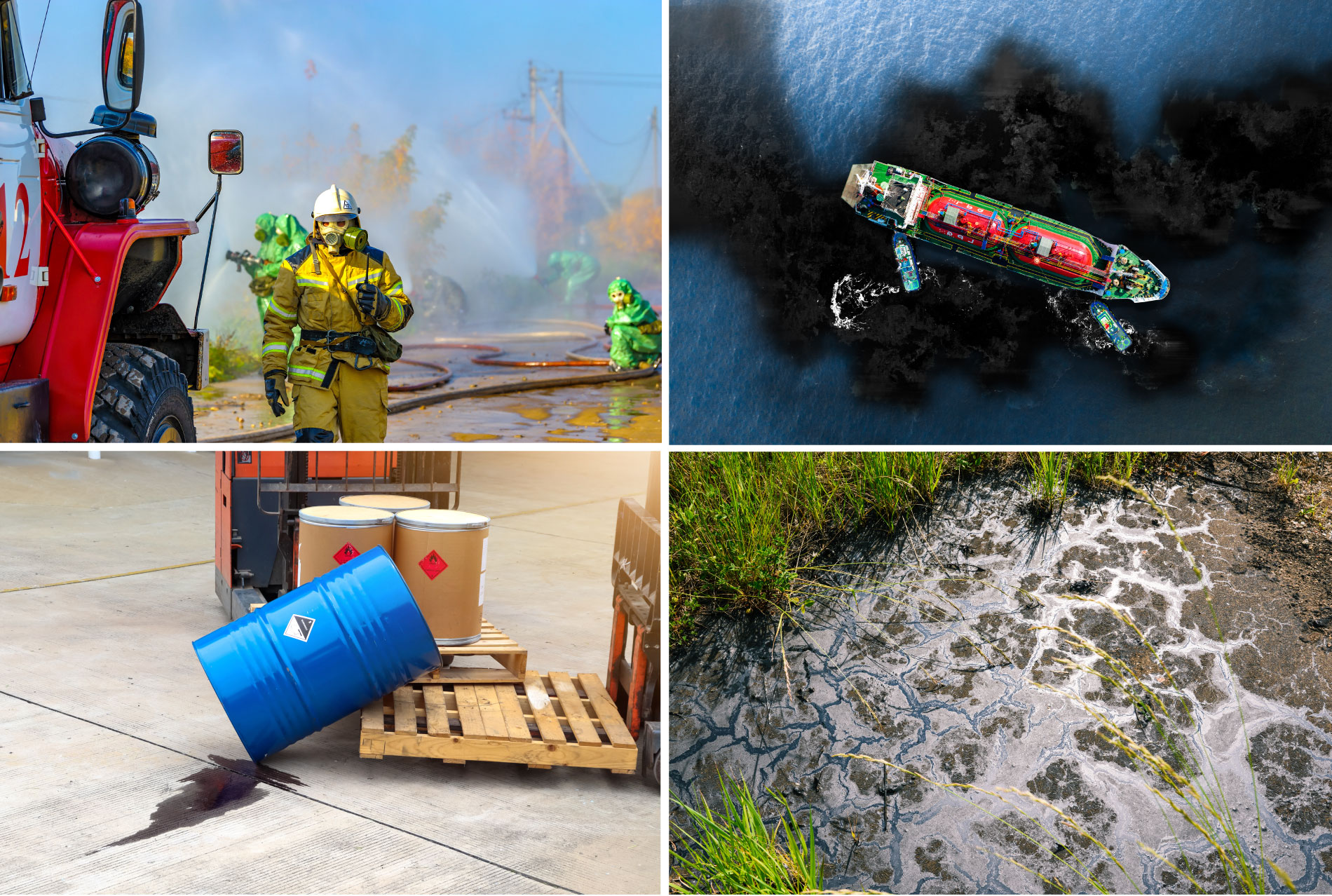On May 25, the United States Supreme court issued its latest decision interpreting the term “waters of the United States” – increasingly referred to by practitioners as “WOTUS” – subject to regulation under the Clean Water Act (CWA) (Sackett v. EPA). This decision narrows the geographic and hydrologic circumstances under which “wetlands” can be considered WOTUS, reinterpreting previous Supreme Court decisions and effectively overruling the latest efforts by the US Environmental Protection Agency (EPA) and US Army Corps of Engineers (Corps) to define WOTUS subject to their respective CWA jurisdictional authorities. (I’ve written several times about the agencies’ rule making efforts, most recently HERE). The remainder of this note summarizes the Supreme Court’s new definition, and the changes it imposes on the physical extent of CWA jurisdiction.
Read MoreAudit, Compliance and Risk Blog
Federal Agencies Adjust Civil Penalty Levels for Inflation
Posted by Jon Elliott on Mon, May 15, 2023
Most regulatory laws provide for civil – and sometimes even criminal – penalties for noncompliance. New legislation typically sets penalty levels (“XXX dollars per day of violation” for example), at levels intended to provide meaningful deterrence and punishment for noncompliance. But over time, the relative sting of these penalties declines with inflation. To counteract the possibility that less painful penalties provide less effective incentives for compliance, U.S. law directs most federal agencies to make annual “cost of living” adjustments to maximum available civil penalty levels (there are no provisions for standing periodic adjustments to criminal penalties).
Read MoreEPA publishes Draft National Strategy to Prevent Plastic Pollution
Posted by Jon Elliott on Mon, May 08, 2023
On May 2, 2023, the Environmental Protection Agency (EPA) published its “Draft National Strategy to Prevent Plastic Pollution,” and issued a formal request for public comments. EPA notes that over the last 20 years, the global annual production of plastic products has more than doubled, and that roughly 23% of global plastic waste is improperly disposed, burned, or leaked into the environment. North America both produces and consumes roughly 19% of global plastics. To address these issues, the Draft Strategy identifies a set of voluntary actions intended to reduce the volumes of plastic wastes the end up disposed or discarded within the US. EPA describes these measures, and the agency’s related activities, as “endeavors to provide an innovative, equitable approach to reduce and recover plastic and other waste, as well as prevent plastic pollution from harming human health and the environment, particularly for communities already overburdened by pollution.” The remainder of this note summarizes the 48 pages of the Draft Strategy.
Read MoreTags: EPA, pollutants, plastics
Biden Administration again requests significant EPA budget increases
Posted by Jon Elliott on Mon, Mar 27, 2023
On March 9, the Biden Administration issued its budget proposal for federal Fiscal Year (FY) 2024 (October 1, 2023 through September 30, 2024). The administration proposes a $11.08 billion budget for the Environmental Protection Agency (EPA), a 19% ($1.9 billion) increase above EPA’s adopted 2023 budget of $10.1 billion – similar to the administration’s proposals for FY 2023 ($11.9 billion; I wrote about it HERE), and FY 2022 proposal ($11.2 billion; I wrote about it HERE). In both years Congress cut the President’s proposals considerably, and it’s likely to do so again. However, it’s worth reviewing the Administration’s ongoing environmental priorities, so I will summarize the latest proposal in the rest of this note.
Read MoreEPA and Corps of Engineers finalize re-definition of “Waters of the United States"
Posted by Jon Elliott on Tue, Feb 21, 2023
On January 18, 2023, the US Environmental Protection Agency (EPA) and US Army Corps of Engineers (Corps) adopted revised definitions of “waters of the United States.” The Clean Water Act (CWA) empowers federal agencies to regulate activities that may affect “waters of the United States”—sometimes called “navigable waters.” These activities include water quality planning and discharge regulation by EPA and delegated states, and regulation of projects that may lead to “dredge and fill” of waters, requiring permits from the Corps. The remainder of this note offers a brief summary of the last 20 years of judicial reinterpretations and regulatory responses, and discusses the latest revisions.
Read More
Tags: EPA, Clear water, Environment, water
On January 24, the US Environmental Protection Agency (EPA) published tighter standards for emissions from “heavy-duty” engines and vehicles, beginning with model year 2027. These new standards form the important first step toward implementation of EPA’s Clean Truck Plan, which has the ultimate goal of zero emissions from motor vehicles. The new standards are more than 80% stronger than current standards, which have been in place more than 20 years. These changes therefore continue the recent trend toward tighter federal emission standards for motor vehicles, including light-duty vehicles (automobiles and light trucks; I discussed the latest rules for light-duty vehicles, covering greenhouse gas (GHG) emissions for model years 2023-2026 HERE). The remainder of this note discusses the latest heavy-duty vehicle standards.
Read More
EPA expands Toxics Release Inventory chemical list, and proposes lower reporting thresholds for PFAS chemicals
Posted by Jon Elliott on Mon, Jan 09, 2023
The US Environmental Protection Agency (EPA) has taken two actions to expand chemical release reporting under its Toxic Release Inventory (TRI) program. EPA administers TRI as one of the distinct programs created by the Emergency Planning and Community Right-To-Know Act of 1986 (EPCRA, also referred to as SARA Title III). EPA has finalized its previously-proposed addition of 12 chemicals, and separately has proposed to tighten existing requirements for two more. (I’ve discussed TRI several times, including HERE. The rest of this note discusses these changes.
Tags: EPA, chemical safety, Toxic, Toxics Release
EPA progress reducing Clean Water Act significant non-compliance
Posted by Jon Elliott on Thu, Dec 08, 2022
On November 22, the US Environmental Protection Agency (EPA) announced the success of its ongoing National Compliance Initiative for “Reducing Significant Non-Compliance (SNC) with NPDES Permits,” addressing high levels of non-compliance with individual permits to discharge water pollutants under the Clean Water Act’s (CWA’s) National Pollutant Discharge Elimination system (NPDES). EPA started the Initiative in fiscal year (FY) 2018, in cooperation with delegated state water quality agencies, after compiling and evaluating permit holders’ data showing significant non-compliance by over 20% of the 46,000 permitted facilities around the country. The Initiative’s goal has been to cut non-compliance in half by the end of FY 2022. EPA’s November 22 report claims that this goal has been exceeded, with significant non-compliance rates down to 9%.
Read More
Tags: EPA, clean water, CWA, Clear water, NPDES, water pollutants, water, SNC
EPA-UPS settlement provides reminder to get hazardous waste compliance details right
Posted by Jon Elliott on Fri, Oct 28, 2022
On October 19, 2022 the US Environmental Protection Agency (EPA) and the United Parcel Service (UPS) settled a massive enforcement case covering violations of hazardous waste management requirements under the Resource Conservation and Recovery Act (RCRA) at 1,160 UPS facilities across forty-five (45) states and the territory of Puerto Rico. Most of the identified violations resulted from UPS’ misclassification of the quantities of hazardous waste generated at its facilities, and resulting failures to meet the additional requirements actually applicable at the mis-classified facilities. The national prosecution followed an investigation and subsequent Consent Agreement and Final Order (CAFO) in EPA’s Region 6 (Arkansas, Louisiana, New Mexico, Oklahoma, Texas and 66 Tribal Nations), which developed after enforcement at a single UPS site in Arkansas. The new nationwide settlement also appears in a CAFO, in which UPS agrees to pay more than $5 million in fines and to undertake enhanced compliance programs. The settlement is a good reminder to all organizations generating hazardous waste, that failures to meet RCRA-related administrative requirements can create enforcement liability even if wastes are managed responsibly.
Read MoreTags: EHS, EPA, Hazardous Waste
EPA proposes Re-Re-Revisions to Accidental Release Prevention Rules
Posted by Jon Elliott on Mon, Sep 12, 2022
No, the title is not a stutter; I’ve written it that way to emphasize that the new Environmental Protection Agency (EPA) proposal to revise its Accidental Release Prevention (ARP) program rules under the Clean Air Act (CAA) represents only the latest step in nearly-decade-long changes to these requirements across the last three Presidential administrations. ARP was enacted after the 1990 Clean Air Act (CAA) Amendments, and its often known by its core requirement that targeted facilities prepare Risk Management Programs (RMPs) to prevent and respond to potential catastrophic releases of chemicals.
Read MoreTags: EPA, chemical safety, Environment, Toxics Release










